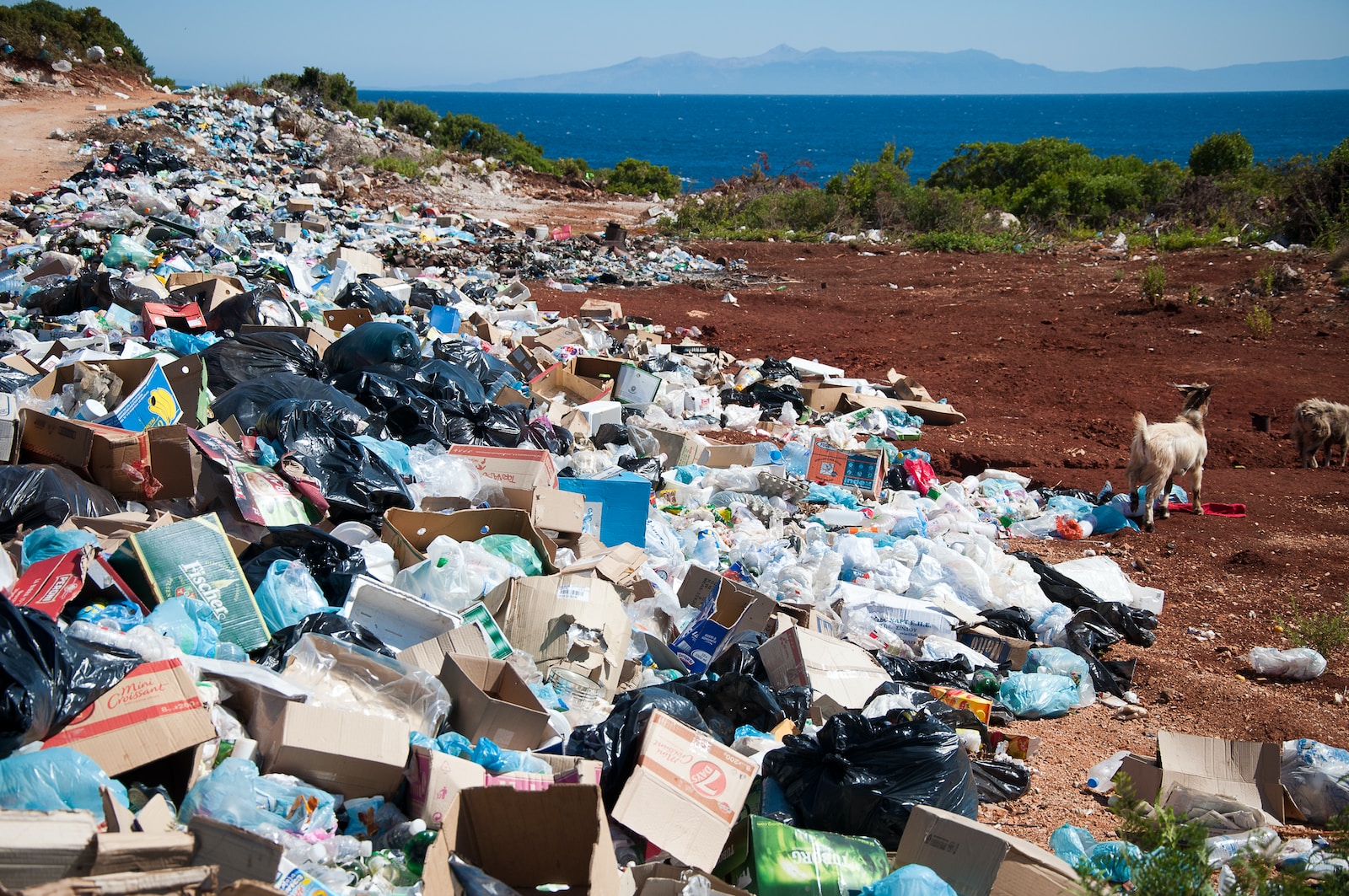Introduction
In the grand tapestry of existence, our Earth occupies a paramount position. As we stand in awe of nature’s brilliance, we must recognize the fragility and intricacy that lies beneath its surface.
Our planet, like a finely tuned instrument, is delicately balanced to sustain life as we know it. However, there are forces at play that threaten this equilibrium, casting doubt upon the future of humanity and every living creature that calls Earth home.
Setting the stage: The Earth’s delicate balance
Picture this: A celestial ballet where every element harmoniously dances together in perfect synchrony. At its core lies an intricate web of interconnected ecosystems supporting each other with unwavering precision.
The delicately balanced cycles of carbon, oxygen, water, and countless other vital elements maintain an equilibrium that has allowed life to thrive for millions of years. But alas!
The brilliant symphony has been disrupted by no fault but our own. Humanity’s reckless pursuit of progress and unbridled consumption has ignited a chain reaction with unforeseen consequences.
Introducing the two phenomena: Ozone depletion and greenhouse effect
Amidst this chaos, two phenomena stand out as stark reminders of our collective shortsightedness: ozone depletion and the greenhouse effect. The ozone layer acts as Earth’s celestial shield against harmful ultraviolet (UV) radiation from the sun.
It is like a guardian angel standing tall in the stratosphere ready to fend off any harmful rays that dare approach our fragile biosphere. Astonishingly enough, despite being armed with knowledge about the detrimental effects caused by human activities such as releasing chlorofluorocarbons (CFCs) into the atmosphere through industrial processes or aerosol propellants; we continued down this self-destructive path, without a care for the consequences.
On the other hand, the greenhouse effect is a natural mechanism that has kept our planet warm and habitable for billions of years. The atmosphere acts as an invisible blanket, allowing sunlight to enter but trapping heat radiated by Earth.
However, in recent years, we have pushed this delicate balance to its limits by exponentially increasing the levels of greenhouse gases (GHGs) in our atmosphere. Alas!
Humanity’s hubris knows no bounds. Driven by greed and ignorance, we have set forth a chain of events that threatens to unravel the very fabric of our existence.
Unveiling Ozone Depletion
The ozone layer: Earth’s protective shield
Now, let us delve into the intricate layers of our magnificent planet, starting with the extraordinary ozone layer. This invisible fortress, situated in the stratosphere, acts as a celestial bodyguard shielding us from the sun’s vicious ultraviolet (UV) radiation.
Picture it as a celestial filter, allowing only the safe and necessary sunlight to reach our fragile Earth. The composition of this ozone layer consists of triatomic oxygen molecules (O3), forming a protective shield that is crucial for life on our planet.
Understanding ozone depletion
Hold onto your hats folks, because here lies an insidious tale of destruction caused by none other than chlorofluorocarbons or CFCs! These chemical compounds were once hailed as mankind’s innovative solution to refrigeration and aerosol propellants.
Little did we know that these innocent-looking substances would become silent destroyers of our precious ozone layer. Released into the atmosphere through human activities like manufacturing and air conditioning usage, these CFCs travel upward and interact with sunlight in an unholy dance.
Origins and common uses of CFCs: The origins can be traced back to the early 20th century when scientific minds believed they had unlocked a revolutionary substance free from harm. Oh, how wrong they were!
Soon enough, CFCs infiltrated various industries like refrigeration units, aerosol sprays, fire extinguishers – you name it! The world fell under their enchanting spell without realizing their devastating potential.
Mechanism of CFCs in depleting ozone molecules: Brace yourself for this revelation – CFCs act like ruthless assassins against our beloved trio of oxygen atoms comprising the ozone molecule. When released into the atmosphere, these villains climb higher, eventually reaching the stratosphere.
Under the influence of intense UV radiation, CFCs are broken down into their components, releasing chlorine and bromine atoms. These rogue elements infiltrate the ozone layer, engaging in a sinister chain reaction that breaks apart unsuspecting ozone molecules.
The result? A massive hole in our ozone defense system.
Antarctic Ozone Hole: Nature’s warning sign
Ah, the Antarctic Ozone Hole – an alarming sign screaming at us from Earth’s southernmost realm. Scientific pioneers discovered this ominous phenomenon in the 1980s and brought it to our attention with mounting concern.
This atmospheric void above Antarctica marks an area where the ozone layer has been severely depleted, leaving a heart-wrenching gap through which harmful UV radiation freely penetrates our fragile ecosystem. Discovery and scientific observation of the hole: As scientists diligently monitored our atmosphere, they stumbled upon a horrifying surprise – a gaping void above Antarctica during its frigid spring months.
This discovery shook the very foundations of our understanding and sent shockwaves through environmental circles worldwide. Impacts on ecosystems, human health, and climate: The consequences of this ominous hole extend beyond mere aesthetics or scientific curiosity.
The dramatic thinning of the ozone layer has profound implications for both living organisms and climate dynamics. Ecosystems experience disruptions as increased UV radiation hampers photosynthesis rates in plants while altering marine food chains by harming phytoplankton at their core.
Furthermore, human health pays a hefty price as skin cancer cases surge due to intensified UV exposure. Let us not forget about climate change; yes, this perturbation also affects Earth’s atmospheric balance by altering temperature gradients and disrupting weather patterns.
Healing the ozone layer: Global efforts and success stories
Fear not! Amidst these distressing revelations lies hope in humanity’s collective endeavor to rectify our past mistakes. The Montreal Protocol, a beacon of environmental cooperation, stands tall as a turning point in the history of international collaboration.
Key provisions and international collaboration: Enacted in 1987, the Montreal Protocol united nations across the globe in a quest to safeguard our atmosphere. This landmark agreement sought to phase out substances responsible for ozone depletion, primarily those sinister CFCs.
Its key provisions focused on reducing and eventually eliminating the production and consumption of these harmful compounds. Countries joined forces, setting aside their differences for the greater good and embracing an environmentally conscious future.
Phasing out CFCs and its positive outcomes: Through relentless efforts by governments, industries, and scientific communities worldwide, we have witnessed remarkable progress in curbing CFC usage. Gradually but surely, alternatives to these ozone-depleting chemicals have emerged – greener refrigerants and aerosol propellants that leave no detrimental scars upon our beloved ozone layer.
The phased-out production and consumption of CFCs showcase humanity’s ability to learn from past mistakes while forging a greener path forward. In this tale of destruction and redemption lies a glimmer of hope that we can heal Earth’s protective shield.
It is crucial that we remain vigilant in our efforts to preserve this fragile balance between life-sustaining UV radiation filtration and potential devastation caused by our own actions. Let us unite under the banner of environmental consciousness as we write a new chapter where harmony with nature triumphs over disregard for its delicate mechanisms.
Unraveling the Greenhouse Effect
The Greenhouse Effect Explained
Ah, the notorious greenhouse effect! It’s time we shed light on this perplexing concept. At its core, the greenhouse effect is a natural phenomenon that keeps our planet cozy and habitable.
The Earth’s atmosphere acts as an invisible blanket, trapping a portion of the Sun’s heat and preventing it from escaping back into space. This delicate equilibrium is maintained by a group of gases called greenhouse gases (GHGs), which play an instrumental role in regulating our planet’s temperature.
Role of Greenhouse Gases (GHGs)
When discussing GHGs, carbon dioxide (CO2) reigns supreme as the primary culprit responsible for climate change. Its excessive release through human activities such as burning fossil fuels and deforestation has disrupted the balance of atmospheric composition.
But let us not forget about other significant GHGs: methane (CH4) and nitrous oxide (N2O). These villains may not be as notorious as CO2, but their warming potential should not be underestimated.
How does it work? Trapping heat for a habitable planet
The intricacies of how the greenhouse effect operates are truly fascinating. When sunlight reaches Earth’s surface, it warms up and emits infrared radiation, also known as heat energy.
This radiative energy interacts with GHGs in the atmosphere, causing them to absorb and re-emit some of it back toward the surface. This process effectively traps heat within our planet’s boundaries like a cosmic cocoon.
Natural vs Anthropogenic Greenhouse Effect While some argue that increased levels of GHGs are part of Earth’s natural cycles, there is no denying that human activities have significantly amplified this process – leading to what we call anthropogenic global warming.
Our relentless burning of fossil fuels, deforestation practices, and rampant industrialization have unleashed a torrent of GHGs into the atmosphere, overwhelming the natural balance. As a result, we are experiencing an alarming acceleration of global warming and its dire consequences.
Climate Change Consequences
One of the most consequential impacts of the greenhouse effect and subsequent climate change is the alarming rise in global temperatures. The evidence is undeniable: our planet is heating up at an unprecedented rate. Glaciers are retreating, sea levels are rising, extreme weather events are becoming more frequent and severe, and delicate ecosystems are facing irreparable damage.
The consequences extend beyond environmental concerns to societal and economic issues as well. Impacts on Global Temperature Rise
The rising global temperatures have far-reaching effects across the Earth’s systems. They disrupt delicate climatic patterns, leading to altered precipitation cycles and more frequent heatwaves.
This exacerbates droughts in some regions while causing catastrophic floods in others. Furthermore, warmer temperatures contribute to the melting of polar ice caps, which not only leads to rising sea levels but also disrupts ocean currents with potentially disastrous consequences for marine life.
Conclusion
Despite the sobering reality painted by these climate change repercussions, there is room for hope and action. By acknowledging our impact on Earth’s delicate systems and implementing sustainable practices, we can mitigate further damage.
Renewable energy solutions hold promise in reducing CO2 emissions, afforestation efforts can help absorb excess carbon from our atmosphere, and international cooperation can pave the way for effective climate policies. It is within our collective power to safeguard our planet’s future for generations to come – let us seize this opportunity with determination and optimism.
 Skip to main content
Skip to main content


